Baroque Banquet Delights: St. Veit near Telfs
In the church of St. Veit near Telfs, 400-year-old wall paintings vividly provide insight into the table manners at the turn from the late Renaissance to the Baroque.
St. Veit Church near Telfs - (c) www.srtelfs.at: Katholisches Pfarramt Hl. Geist
The church of St. Veit is located on a small plateau north of Telfs. It is a simple, single-nave, and originally Gothic building from the 14th century. In the 17th century, the church was rebuilt and re-consecrated in 1648 - at the end of the Thirty Years' War.
From the outside, the church appears rather compact, with a square tower and a short octagon under the onion dome. The interior also appears simple and modest, yet it holds a very precious treasure. During renovation work in the 1980s, highly interesting frescoes were discovered and uncovered on the north side. The paintings are believed to date from around 1600 and depict, among other things, a crucifixion, the Last Judgment, St. Christopher, and a banquet scene. However, the latter is not the Last Supper as usual, but a representation of a festive banquet in the house of the Pharisee Simon, as described in the Gospel of Luke (Lk 7:36-50). In the Bible, the banquet is only a setting for the episode in which a sinner washes Jesus' feet with her tears, dries them with her hair, and anoints them with oil.
However, the unknown painter of the frescoes of St. Veit focused entirely on the detailed description of the banquet. This makes these frescoes so interesting for us, because here we can see very vividly how a feast in 1600 took place, and what the table manners were like at that time.
The table seems to be in a courtyard, an atrium. It is festively set with all kinds of food, and guests are seated all around. Interested spectators stand at the surrounding windows, and a servant brings new food from the right. The term "table" comes from the fact that the dining table used to consist only of a base on which a board was placed. This table was carried in by servants already set at the beginning of the meal. When the meal was finished, the table was lifted and carried out again.
Somewhat different table manners
The table is covered with a long tablecloth, which also served as a napkin for the guests. Various foods can be seen on the table: soup, roast, bread, and cheese. There is a container of fish on the floor, as well as a bottle and a jug. The only utensils are knives, as at that time only knives and spoons were common; the fork came into use later.
Naturally, the actual episode from the Bible is also depicted. On the right in the foreground, we see the sinner washing Jesus' feet. Artistically, the painter of the frescoes does not seem to have been quite up to date. The faulty and arbitrary perspective and the rather two-dimensional design of the figures make the frescoes appear older than they are. At first glance, one would date them to the Middle Ages, even though they were created around 1600, on the eve of the Thirty Years' War. Nevertheless, they are a unique cultural and historical monument that should definitely be seen.
 How do you like the content of this page?
How do you like the content of this page?
Please give us your feedback!
Recommended accommodations
Seefeld in Tirol
★★★★
On the sunny plateau of Seefeld – surrounded by the mighty Tyrolean Alps and shady forests lies the Hotel Seespitz-Zeit.
Seefeld in Tirol
★★★
Small but nice newly renovated family-run hotel in a prime location with a great spa.







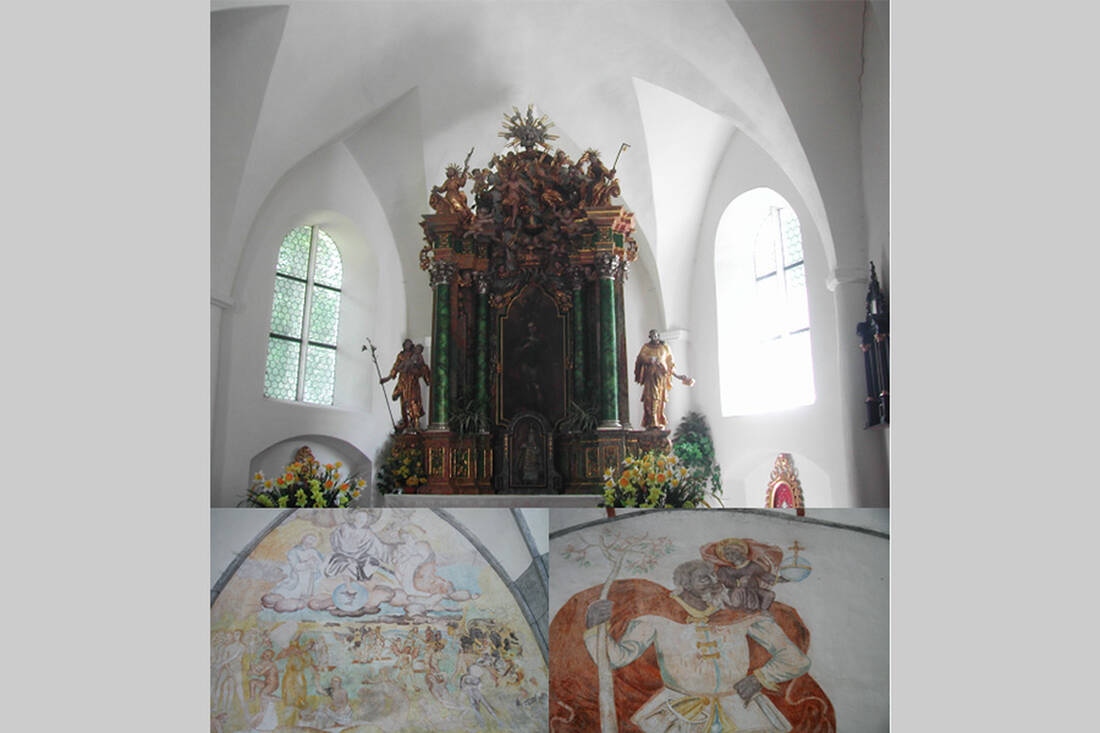
 How do you like the content of this page?
How do you like the content of this page?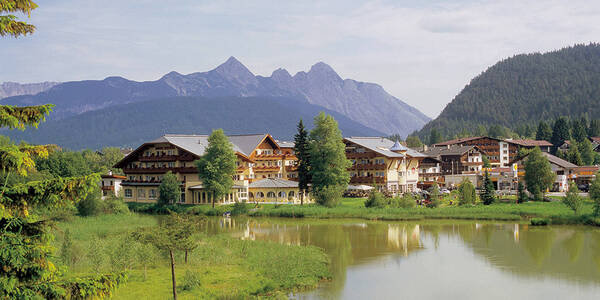




 notice
notice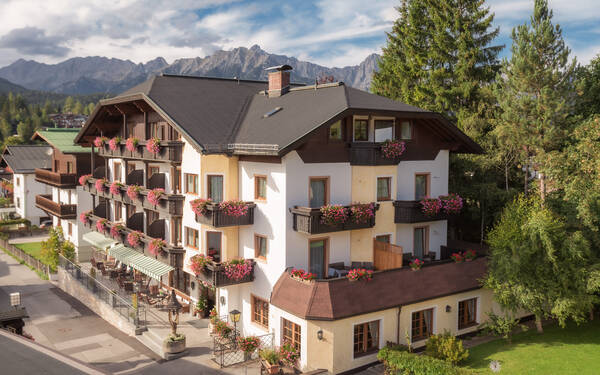


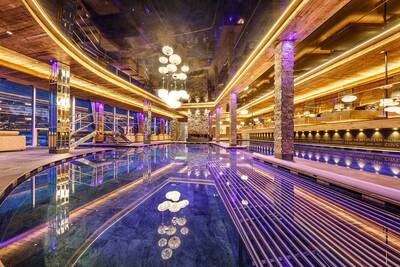
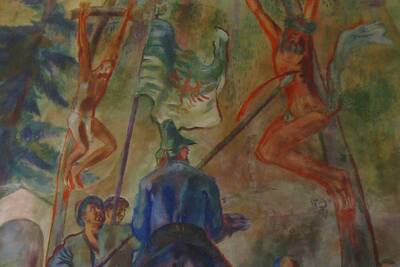

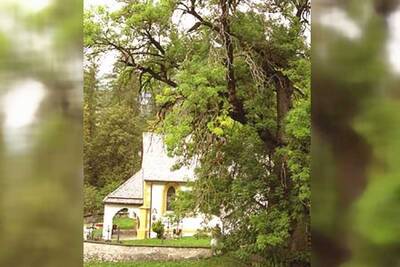
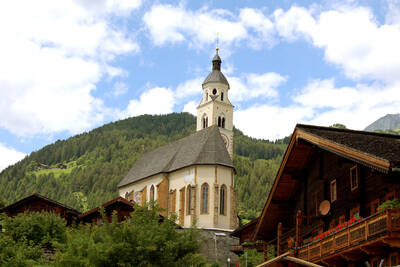
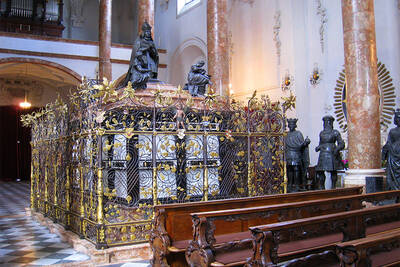
 More infos…
More infos…